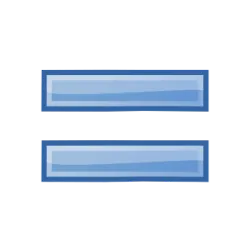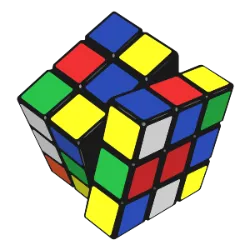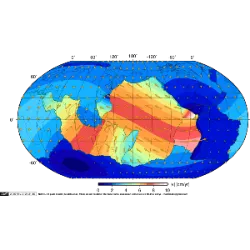The Origin of the Equality Symbol

The equality symbol (=), used universally in mathematics and in various areas of knowledge, has an origin that dates back more than 450 years. Created by the English mathematician Robert Recorde in 1557, the symbol arose from a simple but powerful idea: "no two things can be more equal than two parallel lines". This phrase was Recorde's inspiration to create the symbol that, to this day, we use to indicate that two expressions have the same value.
Before the invention of the equality symbol, equations were expressed in a more verbal way, which made calculations more complicated. Recorde, in looking for a way to simplify mathematical notation, created a symbol that could clearly and quickly represent this relationship of equality. The choice of two parallel lines reflects the idea of balance and symmetry, concepts that are fundamental in mathematical operations.
The equality symbol was introduced in his work The Whetstone of Witte and, over time, was widely adopted by the mathematical community. Today, it is one of the most recognized symbols in the world, not only in mathematics, but also in areas such as logic, programming and science in general, being essential in the construction and solution of equations and formulas.
Did you know??











